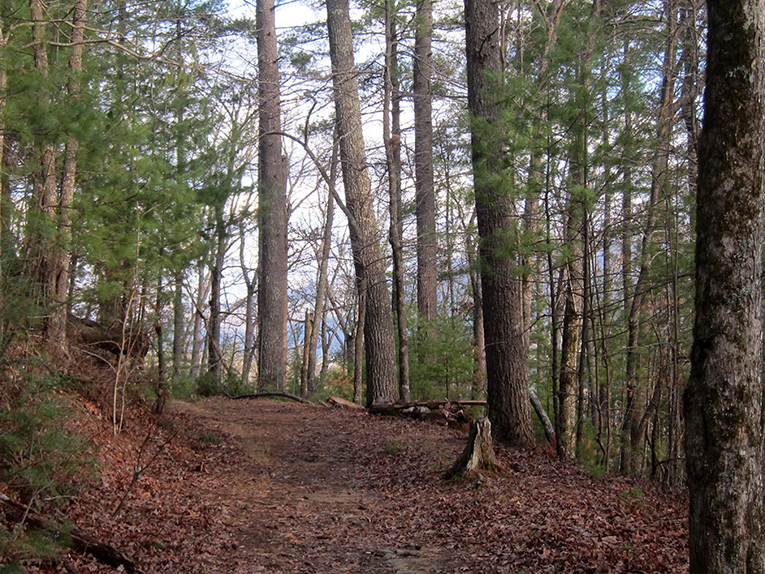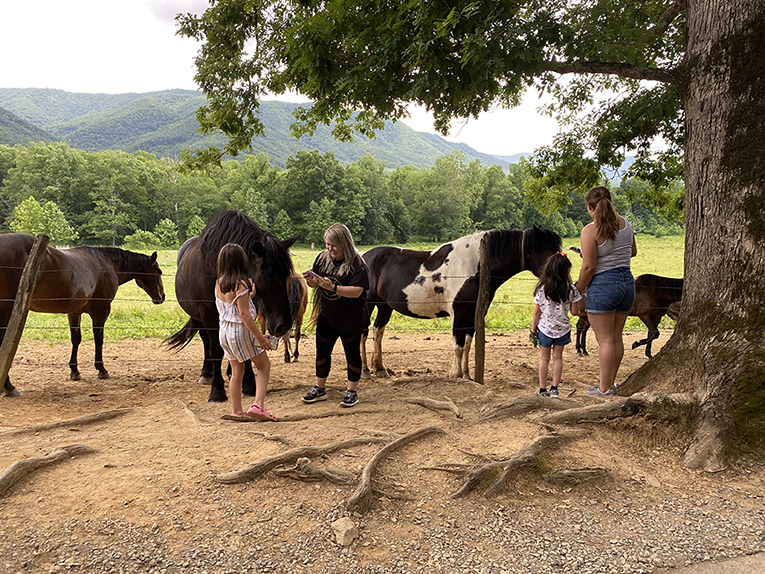|
4. Hiking

Over 800 miles of maintained hiking trails are in the national park. Some of the most popular trails include Mt. LeConte, the 8 mile round-trip to Charlies Bunion which is located on the Appalachian Trail, the Chimney Tops Trail, Laurel Falls Trail, Abrams Falls Trail, and Ramsey Cascades Trail. Viewing of wildflowers, cascading streams, the scent of evergreens, and the sounds of birds are best seen and experienced on the trails.
5. Horseback Riding

Great Smoky Mountains National Park has hundreds of miles of horse trails and five drive-in horse camps. Horse riding stables are located at Sugarlands (at the Gatlinburg entrance to the Park; 865-436-3535), Cades Cove Riding Stables (865-448-6286), Smokemont (4.5 miles from Cherokee, 828-497-2373), and Smoky Mountain Riding Stables (Hwy 321, Gatlinburg, 4 miles east of Gatlinburg, traffic light #3) |